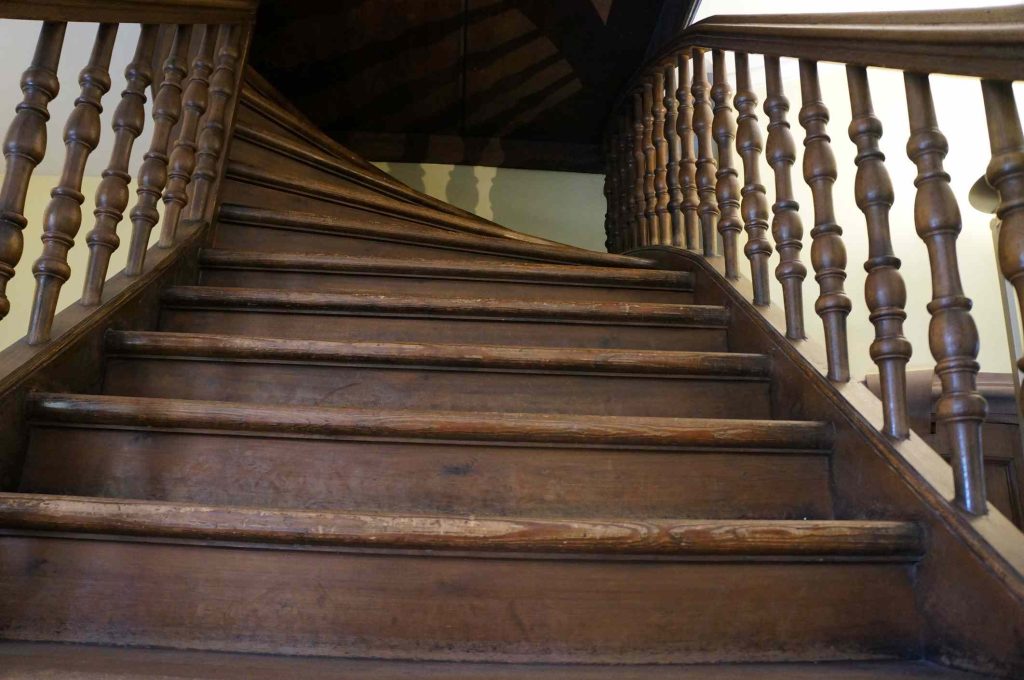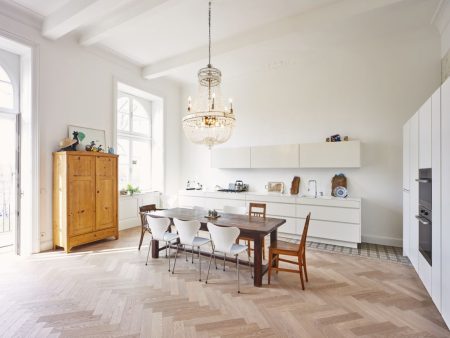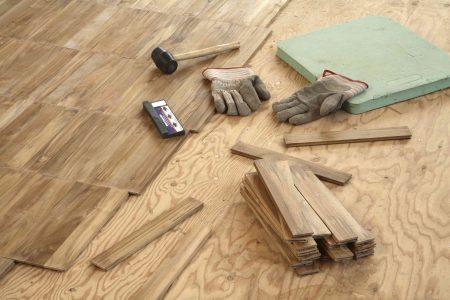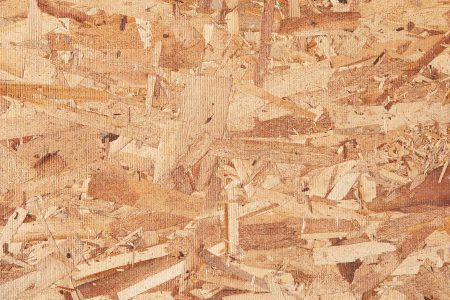Most stair creaks are caused by wood rubbing against metal. This wood-against-metal sound is likely coming from nails pushing in and out of nail holes. Since stairs get a lot of traffic, it is inevitable that nails will begin to loosen from the wood. Fixing creaky stairs is a simple project that takes less than 30 minutes and only costs $10 to $20. Best of all, it will bring much-desired quiet back into your house.
Safety Considerations
Be careful when working on stairs, even with such a simple fix as this. Always be aware of where you are standing. Watch for protruding nails and screws.
What You’ll Need
Equipment / Tools
- Cordless drill
- Hammer
Materials
- Painter’s tape
- Screws
- Wood glue
- Wood wedges
- Graphite dry lubricant
Instructions
Fix Creaky Stairs From Above the Stairs
An excellent solution—short of rebuilding your stairs—is to secure loose treads to the stringers with screws. This procedure is done from above the stairs—when it’s not possible to access the bottom of the stairs.
-
Locate the Source of the Squeak
Identify squeak hot spots by having an assistant slowly walk up and down the stairs as you try to locate the squeaks. If you have access underneath the stairs, also check out that area. Mark suspected squeaks with a square of painter’s tape.
-
Remove Runners and Obstructions
Remove runners or tread grips from the top of the tread. For continuous runners, remove the entire runner. For tread-sized runners, remove only individual runners necessary to obtain access to the squeaky nail.
-
Pull Loose Nails
Remove visible loose nails with the claw end of the hammer. If the nails are protruding at least 1/4-inch, it should be easy to push the claw section of the hammer under the nail head. Then pull back on the hammer handle.
-
Drill Next to the Hole
Pre-drill a hole next to the squeaky nail. If you were able to remove the nail, you may be able to use this pre-existing hole.
-
Drive New Screw
With the cordless drill, drive in a screw and secure the tread down. If the screw is smaller in diameter than the nail hole, either use a larger screw or develop a new hole in the stair tread with the drill.
-
Drive a Second Screw
Drive a second screw about 2 inches away from the first screw. This will help hold down the stair tread.
Fix Creaky Stairs From Below the Stairs
For this method, you will need to have access to the underside of the stairs.
-
Go Under the Stairs
Access the area under the stairs and bring a flashlight, pencil, wood glue, and wood wedges.
-
Search for Missing Pieces
See if any wedges or blocks had fallen out or split that were attached to the spaces between the riser and tread. Discard fallen or damaged wedges.
-
Dry-Fit a New Wedge
Dry-fit a new wedge in the space between the stair tread and the stringer.
-
Add Glue to the Wedge
If the wedge seems like it will work, remove it and add a light coating of wood glue to both sides.
-
Tap in the Wedge
Slide in the wedge. Tap the end of the wedge lightly to drive it further in, but not too far. If you force in the wedges too far, you risk separating the risers and treads.
Tips for Fixing Creaky Stairs
In addition to fastening the stair tread with screws, incorporate other methods like installing stair runners, adding dry lubricant, or installing tread covers.
Inject Dry Lubricant
Since the creaking sound is caused by metal rubbing against wood, add a dry lubricant like powdered graphite to eliminate the sound. This does not fix the underlying cause but it is a quick fix, especially if access is difficult. Do not use oil or other liquid lubricants.
Add Stair Runners or Treads
Sisal, rubber, or carpet stair runners are mainly sound blockers. You will still hear the squeak, but it will be less pronounced. To block as much sound as possible, use a continuous stair runner.
Install Carpeting on the Stairs
Wall-to-wall carpeting installed on the stairs takes the stair runner idea to a higher level. Carpeting stretches from side to side and from top to bottom. It even covers the vertical stair risers.
Choose waterfall style or French cap style. Waterfall stretches the carpet over the stair nosing and straight down to meet the back of the lower tread. Waterfall style is easier if you are installing your own carpeting.
French cap style wraps the carpet over the stair nosing, then brings it down the stair riser to the lower tread. This method requires more expertise, but many homeowners feel it’s a cleaner look.
Install Solid Stair Covers or Caps
Wood caps that you cut to size and fit over your stair tread and runner do a fairly good job of eliminating squeaks.
Like carpet stair runners, stair covers act as sound-proofing elements. These supplementary stair treads act as a bridge, redistributing the walker’s weight across the width of the stair tread.
Drive Fasteners Into the Stair Risers
Fasten stair treads to stair risers. Stair risers are thick and they are meant for nails and screws. But when this is not possible, the stair tread can be fastened to the vertical stair riser. Drive the screw very carefully to make sure that it will sink into the tread—which is relatively thin.
Read the full article here














